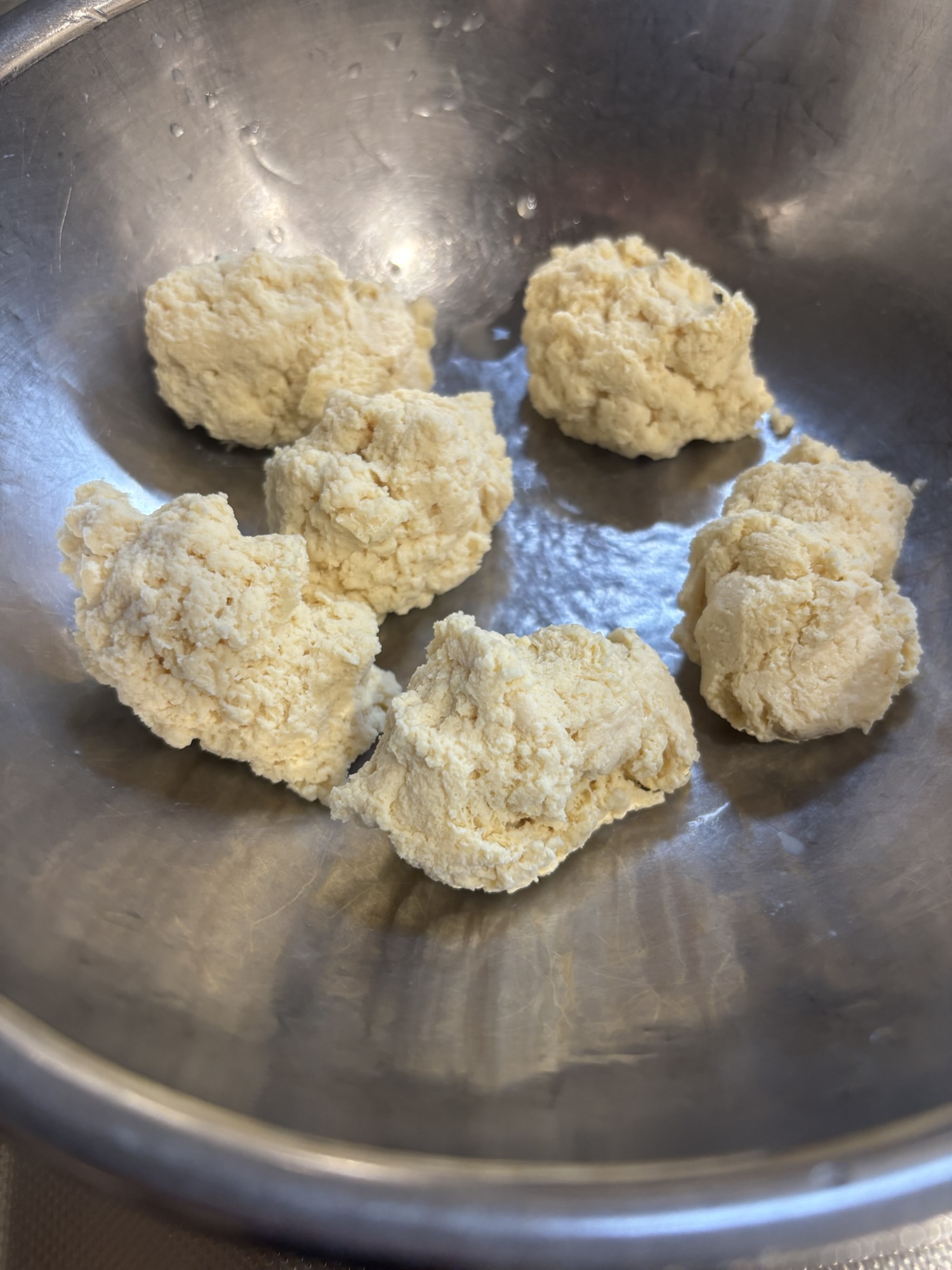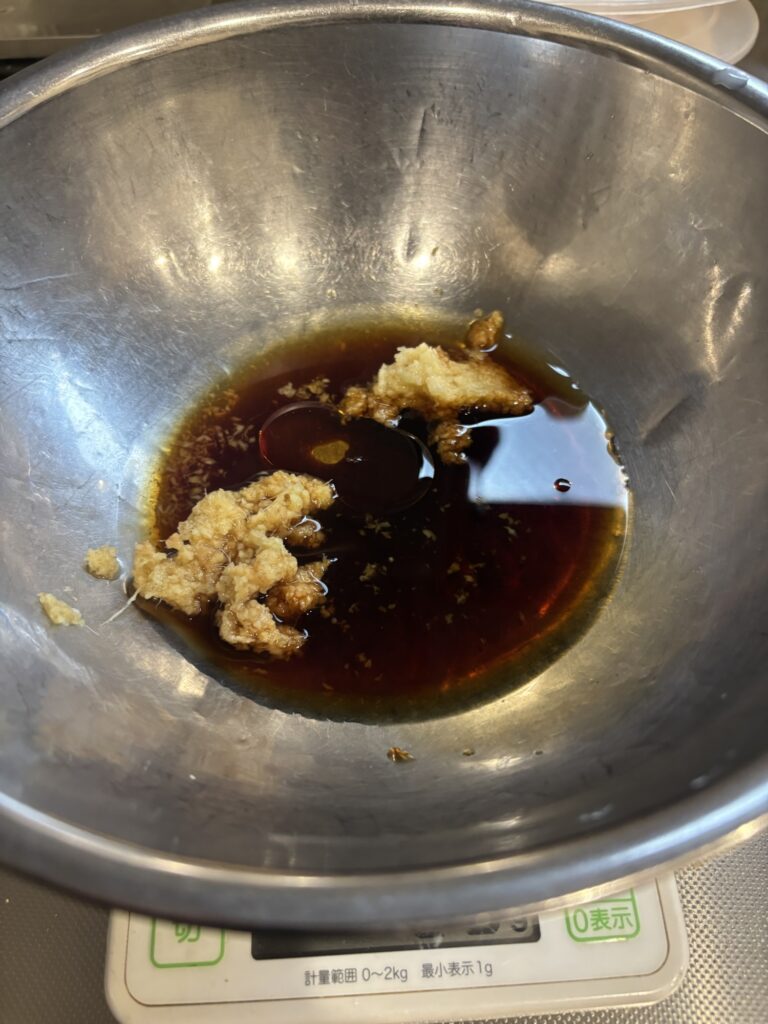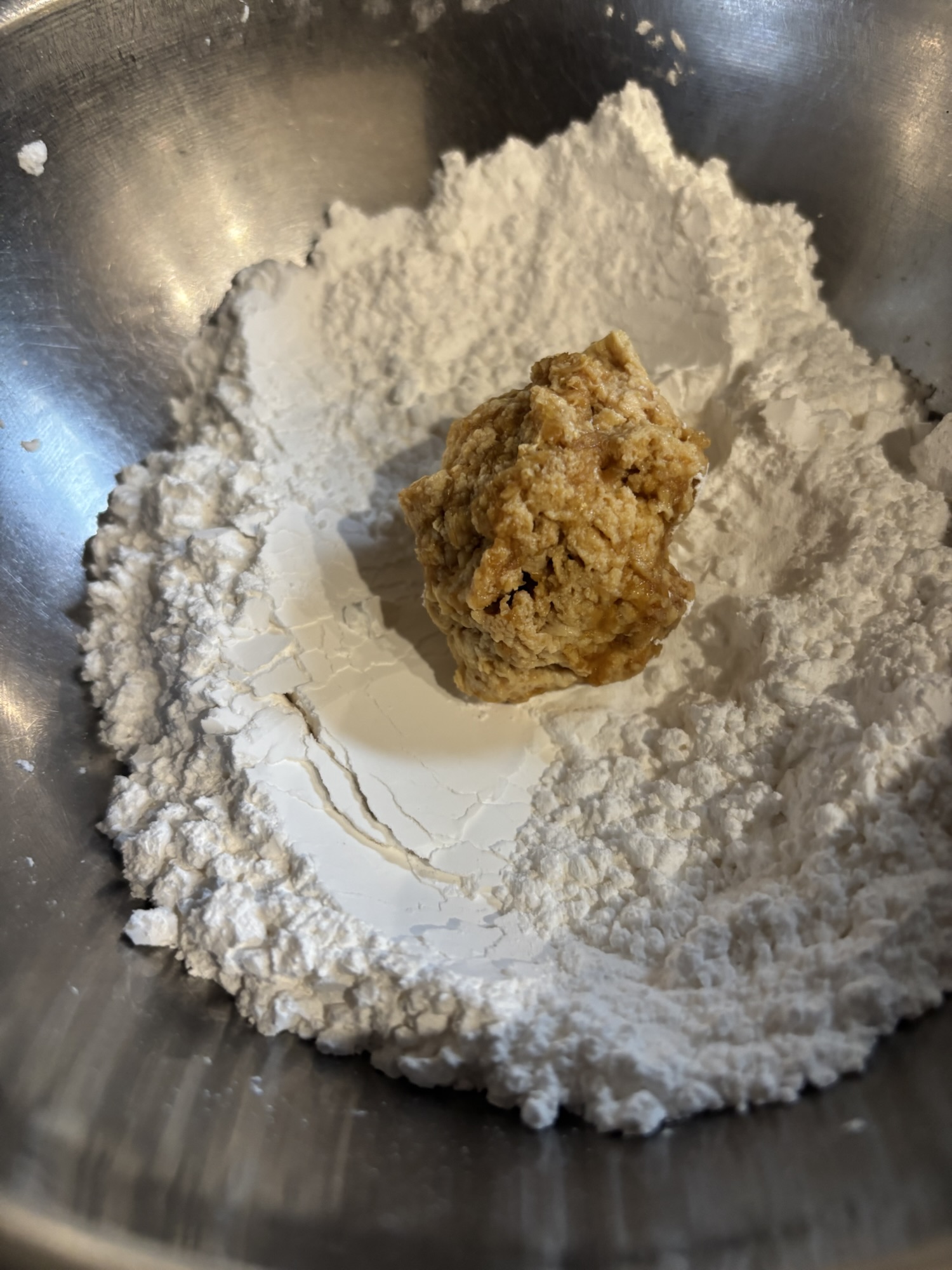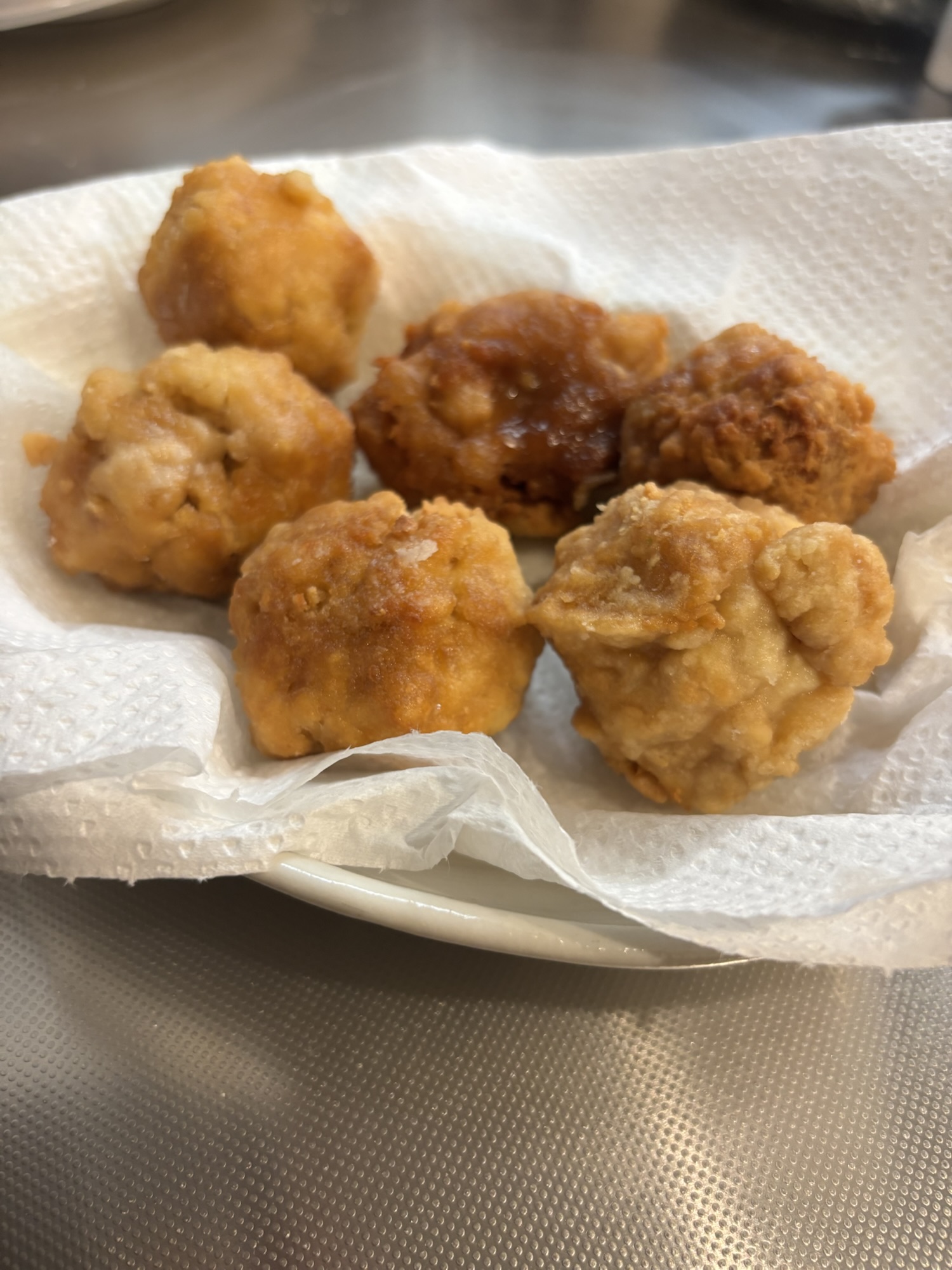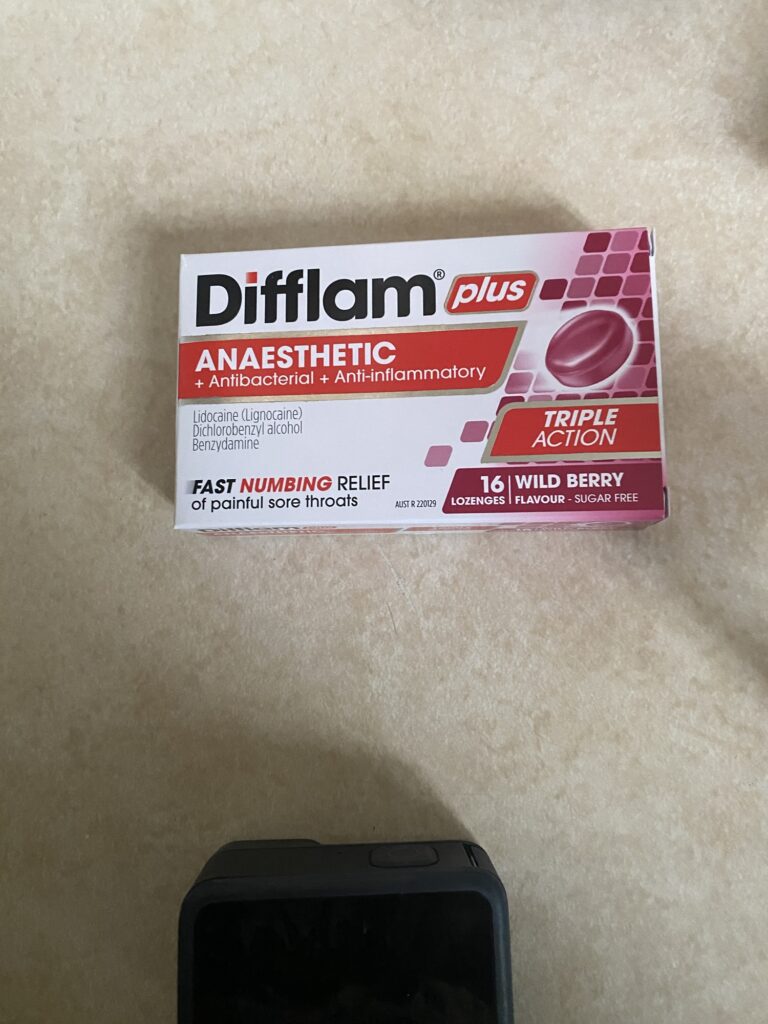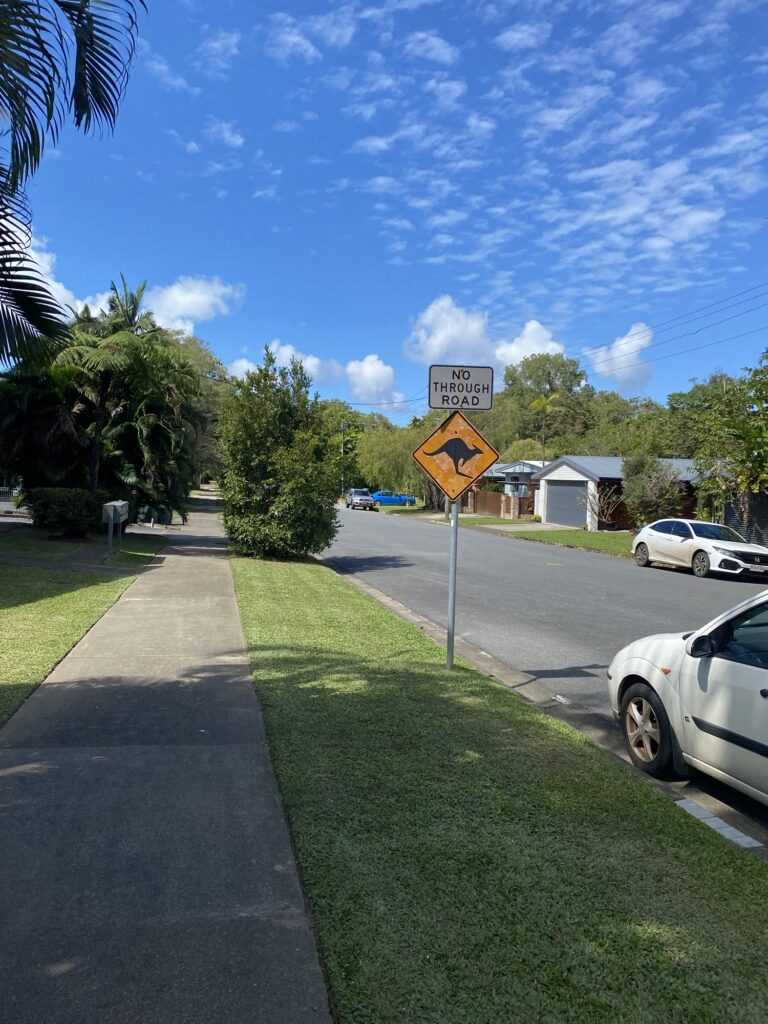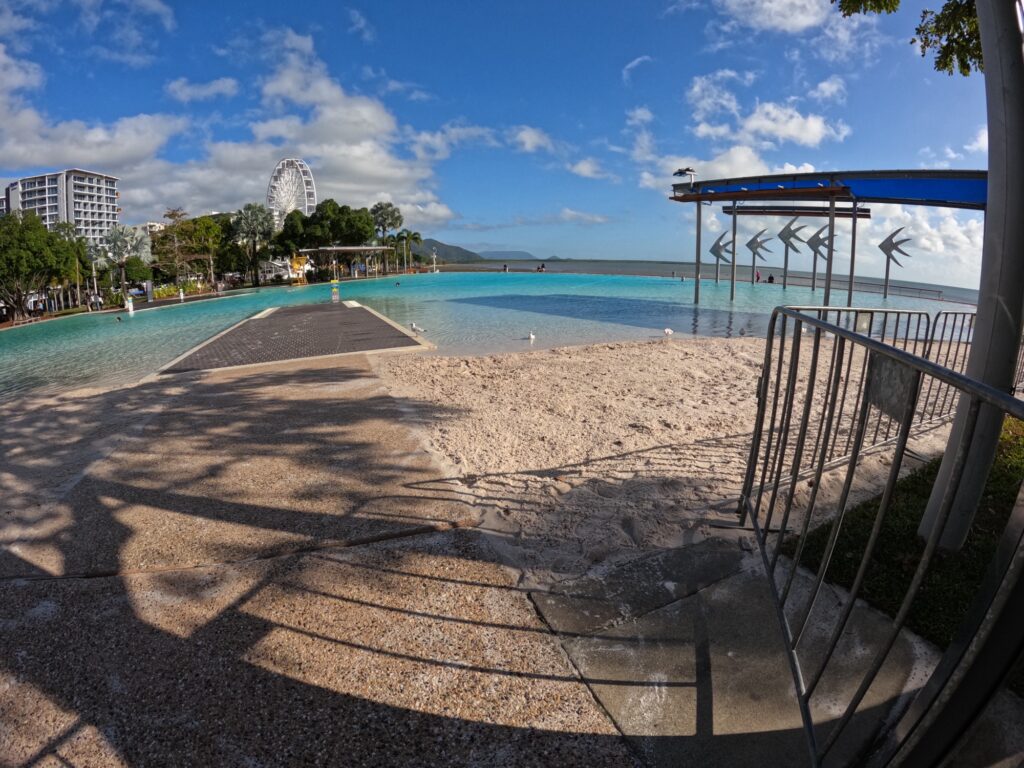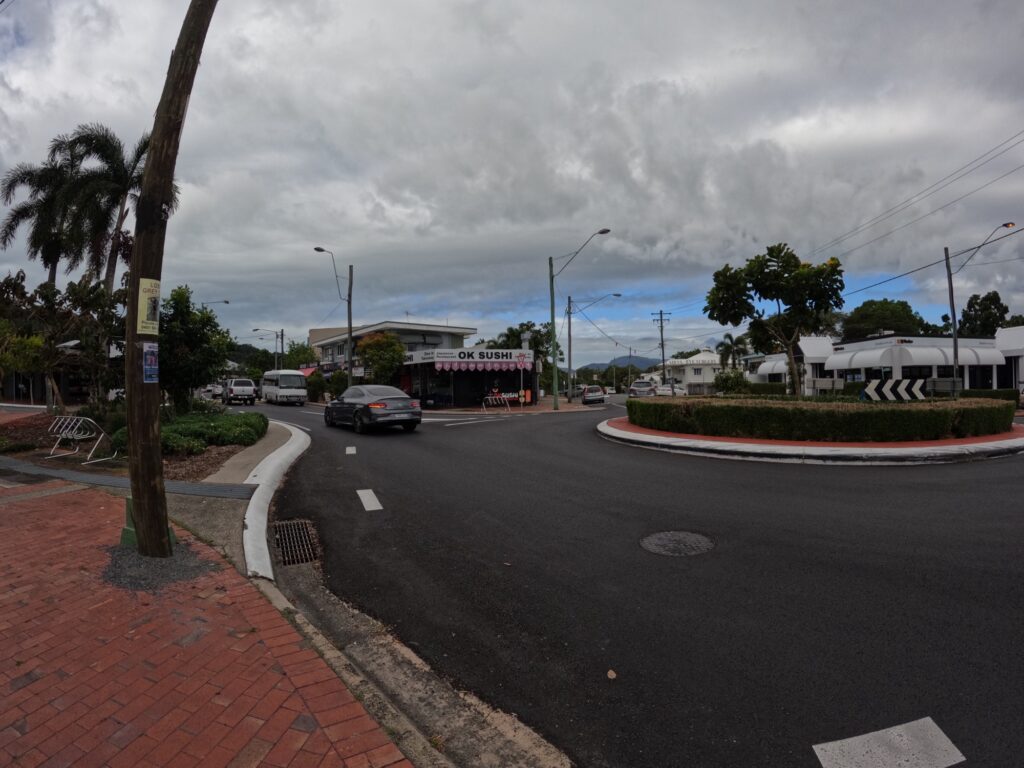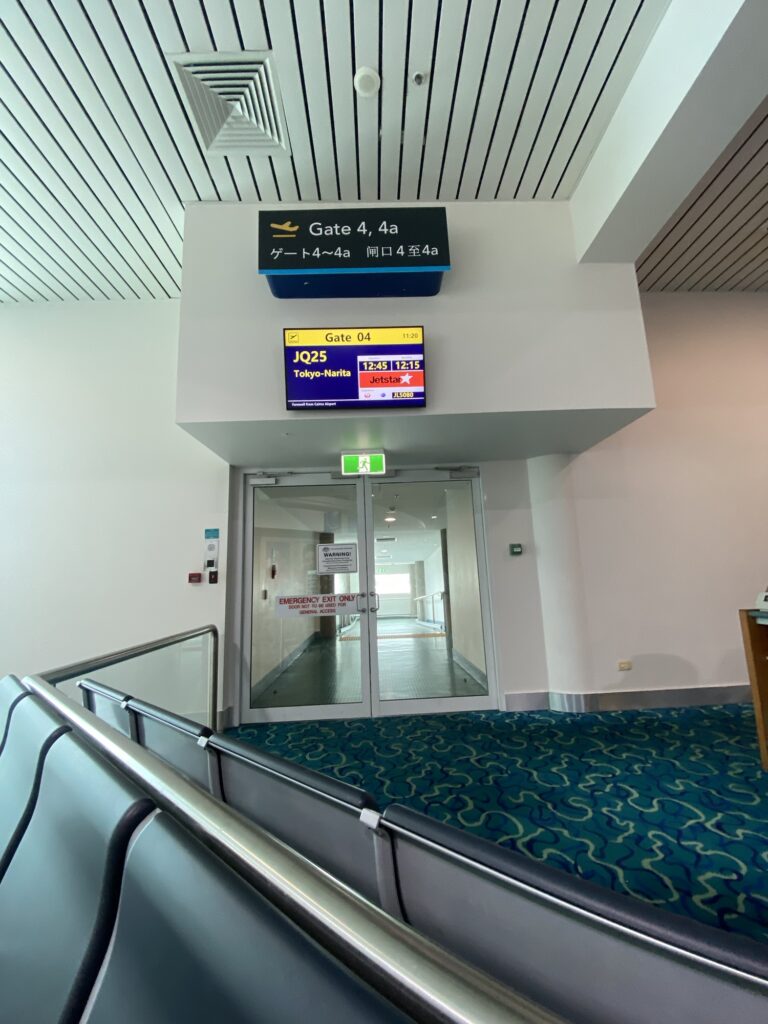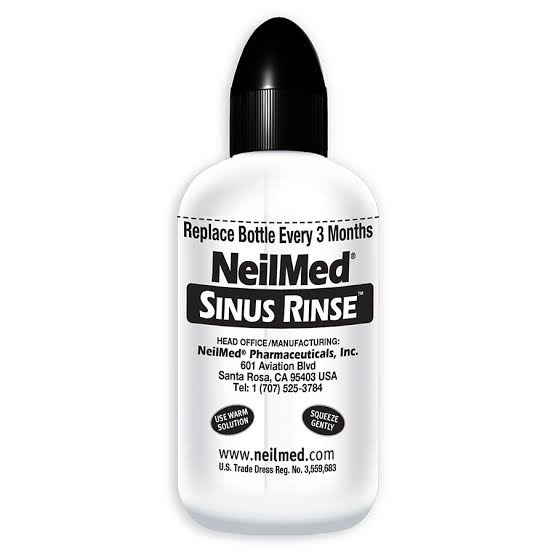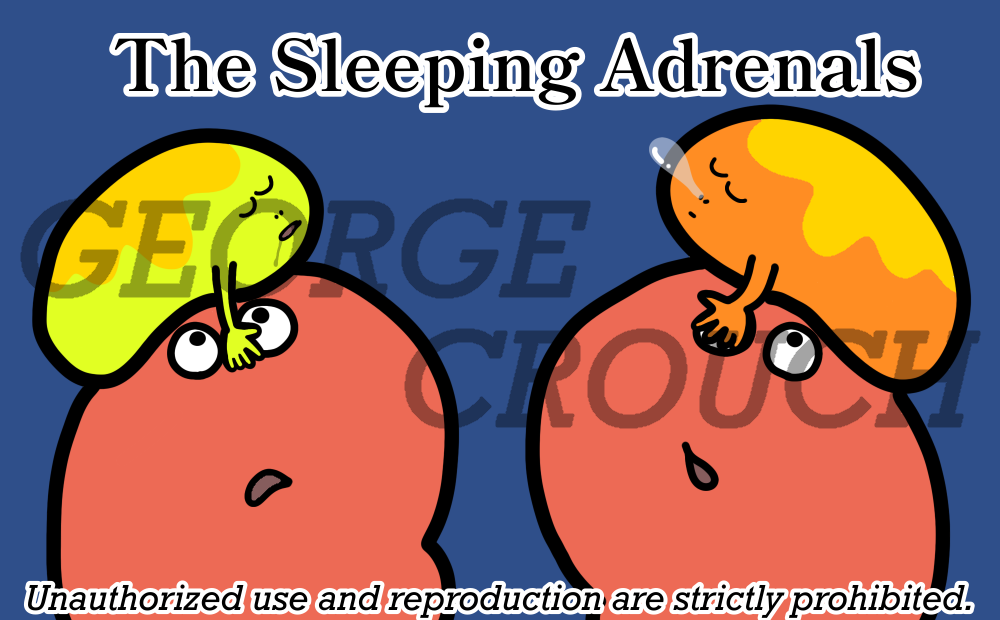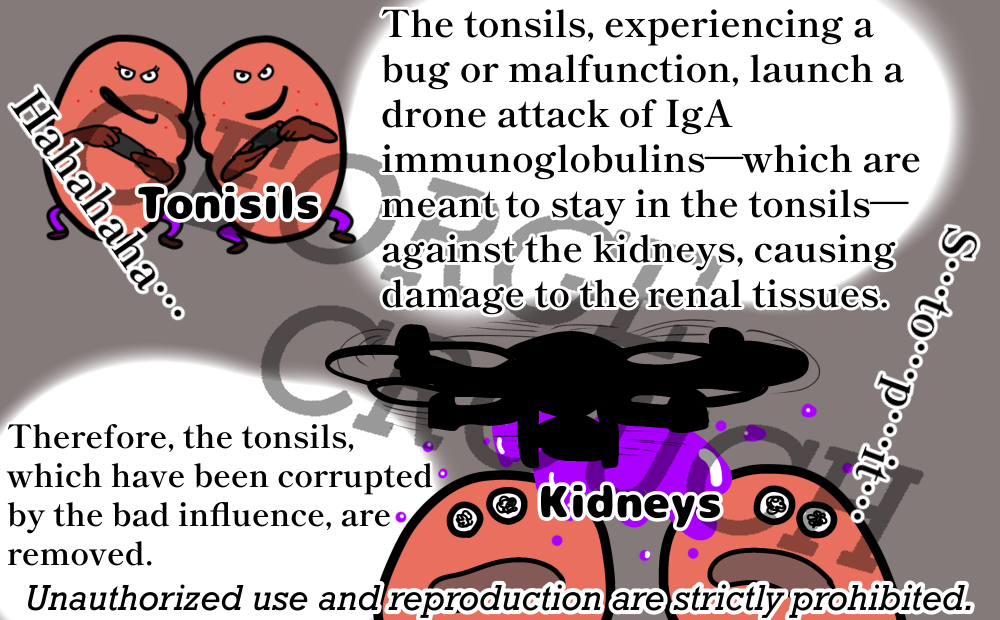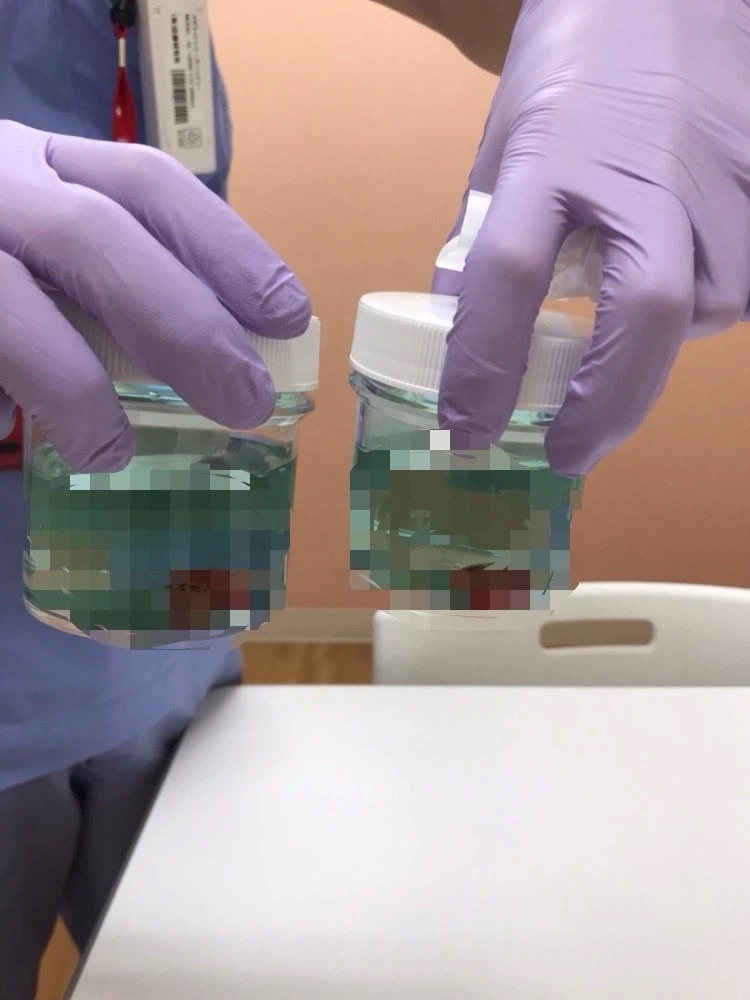The morning has been tough.
This is because yesterday, a complete set of required pre-employment documents arrived from the workplace where Puchiko was recently hired. Among the papers, she needed to submit her university graduation certificate and academic transcript, as well as the completion certificate and transcript from the vocational school she attended to obtain her current qualification. Just applying for these documents costs a decent amount of money, which was already discouraging, but then she discovered something else.
Although Puchiko listed all her previous jobs on her resume, she now has to ask every single one of those past workplaces to fill out a form verifying her employment for the stated period.
For Puchiko, who is bad at changing jobs, this is incredibly disheartening. She was yelling this morning: “I don’t want to do this!” “It’s too much trouble!” “Why do I have to do job-like things when I’m supposed to be at home?” “I hate this already!” She completely lost it. I kept telling her, “Calm down, calm down.”
The reason Puchiko became so frantic is that one of those past workplaces is a place she quit after only three months. The supervisor would take her notebook from her bag and secretly make copies, force her to stay two hours late to listen to his boring stories, and that wasn’t all. He told her things like, “If you get a boyfriend, you have to tell me first.” She was fed up with that kind of sexual harassment. When she started keeping her distance, he moved on to power harassment, saying things like, “I’ll make you a part-timer,” or “You have a disability.” Because she wouldn’t bend to his will, even though she was a full-time employee, she was suddenly told, “Starting next month, you will be a part-timer.” When she angrily asked the supervisors, “What does this mean?” they told her, “Watch your mouth.” Then, a termination notice arrived. They unfairly fabricated lies, calling her disabled and claiming she had almost injured a client at work.
Puchiko resigned after 3 months and initiated a labor tribunal. She successfully received a settlement payment from them, and she used that money to go to vocational school and get her qualification. Infuriating, isn’t it?
So, isn’t it cruel to ask such a place to write a “certificate of employment” for her? I wish I could ask them for her instead. She was saying, “So this is the kind of hurdle that awaits you, not just an exam, just to get a job.” I thought to myself, “If you have to go through all this to get in, I truly hope they provide a great working environment.”
Puchiko has sent a request letter, complete with a stamped, self-addressed envelope, to all her previous workplaces. Given the nature of that strange workplace, I am deeply worried that her letter will be ignored or that they might write something detrimental to her. Although she doesn’t voice it, she seems worried too.
Additional note: When night came …
“Still, I can’t keep being afraid myself.” Puchiko was hugging the plush toy I was possessing while lying in bed, and she said, sounding distressed, “Even after ten years, they might still try to mess with me.” I replied, “It’s going to be okay.”
Then she got angry and shot back, “Don’t say ‘it’s going to be okay’ so easily! You can only say that because it doesn’t affect you personally, Jōji.”
I answered, “Puchiko, your ‘not okay’ is my ‘not okay.’ When you’re in trouble, I’m in trouble too. No matter how difficult things get, I’m right here with you, sharing what you feel and think.”
Hearing that, she said, “Then I’ll try my best.”
Puchiko has one more thing she considers troublesome: her English ability. She has set a goal for herself to speak English for at least 20 minutes every night. From my perspective, however, her English is still very much a novice level.
Yet, on her resume, she has the experience of living and working in Australia for a year. Anyone who has spent a year there knows that a person’s English ability won’t suddenly transform in just 12 months, but to those who haven’t had that experience, it can seem incredible. They might just assume she should be proficient. Her English is only good enough for traveling abroad alone without worry. In reality, she worked at a campsite and as a housekeeper, jobs where she wasn’t constantly speaking English.
The submission documents include a questionnaire about English proficiency, which Puchiko had to fill out. The options range from “Completely unable” to “Unable,” “Not good at it,” “Can communicate,” “Can hold daily conversations,” and “Can hold daily conversations and has experience in translation/interpretation.” While she truly wants to select “Can communicate,” she feels forced to choose “Can hold daily conversations.”
The pressure is getting to Puchiko. I listened to all her complaints. I felt that all I can really do is listen. Then, she told me, “I spent all day, from morning until 10 PM tonight, working hard on these documents, so I’m taking a break from English.” I will abide by her decision, but I noted, “Haven’t you been finding reasons to skip lately?”
How much will Puchiko’s English improve in the next four months? She practices conversations using an app and talks to me—unilaterally—in English all the time, but she has no actual experience dealing with foreigners at a service counter. The real environment will likely involve specialized terminology. But the English she practices is mostly ordering at a café or checking into a hotel—only very casual, everyday conversations. I want to say many things to her, but I hold back because I fear that too much criticism will discourage her, and she will stop practicing English entirely. She feels like she just completed the most difficult part of the process, from being hired to starting the job. Because of that, I really hope she lands in a truly good working environment.
Just the other day, we were thinking about “a moment of happiness (Puchiko’s “Moment of Happiness” and Fear of the Future),” but tonight, both Puchiko and I are filled with anxiety over whether her problematic previous workplace will actually complete and send her documents back on time. My role is to relieve her anxiety…
You Might Also Like


